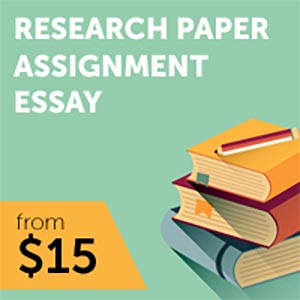It's too bad Rube Goldberg passed away in 1970 before America was caught up in the convulsions of the great school-reform wars at the end of the century. He'd have understood immediately that most of what passes for reform these days is an elaborate conceit powered by political hot air.
Like Rube's "inventions," reform grounded in standards that few can define, accountability based on tests nobody can examine, "adequate annual progress," "WASL" and all the rest are a roundabout way, in Goldberg's words, of "exerting maximum effort for minimal results."
It's no wonder that after a decade of huffing and puffing, we have so little to show for our school-reform efforts in the Evergreen State or nationally.
That's not to say there aren't problems aplenty in our schools. But the biggest problems aren't in grade-school reading or middle-school math, which policymakers are busy trying to fix. They lie in scandalously high dropout rates, a national and state disgrace that educators have been sweeping under the nearest rugs. This is the silent crisis in our schools. It involves kids we don't count.
Math results released last month by the National Assessment of Educational Progress (NAEP) confirm international and state data and point reform in the right direction. Fourth-grade scores are very solid, as they have been for decades; eighth-grade scores are flat; and 12th-grade results are going down. These results are for students still in class; too many have already fallen through the cracks.
Every day of the school year, about 3,000 high-school students nationally drop out. Add up all those days and by year's end, 550,000 kids have disappeared, most heading toward dead-end, low-wage work. Many are destined for encounters with public assistance and the local jail.
Educators are beginning to respond. The National High School Alliance, a new kid on the school block, is a parade of about 40 groups representing concerned citizen groups, researchers and school organizations. All are united around the conviction that most school reform misses the obvious. As the Bill and Melinda Gates Foundation underscores with its "small schools" initiative, the most pressing educational problem facing the United States is how to make the comprehensive high school, an institution organized in the 19th century, work in the 21st.
Responding to the dropout challenge won't be easy. About a quarter of eighth- and 12th-grade students read below "basic" levels, according to NAEP data. As stiff new graduation and accountability provisions come on line, perhaps 6 million students won't graduate. In high-poverty urban areas, more than half of the ninth grade is two to three grade levels behind in reading. Only about one-quarter of students in our state graduate with their class ("1 in 4 high-school students here fails to graduate on time" Times page one, Dec. 7). In some Seattle high schools, just an estimated 50 percent of students graduate on time.
Responding to this situation requires a delicate touch. Everett schools shouldn't be held responsible for students who would transfer to Kinston, N.C., Mobile, Ala., or Charleston, S.C., if Boeing were to sweep away local jobs by siting its 7E7 assembly line elsewhere. Transfers shouldn't be confused with dropouts.
And care will be required to make sure school systems don't make themselves look good at kids' expense. In 1995, the Houston Independent School District almost lost its accreditation for appallingly high dropout rates. Superintendent Rod Paige promised to clean up the mess. By 2001, the district was winning national acclaim for the "Houston miracle," which included a dropout rate of about 2.5 percent. Paige was tapped by President Bush to transfer his magic to the national stage.
But the magic was a cheap trick. Texas state auditors this fall reported that more than 50 percent of the 5,500 students who left Houston high schools in 2001 should have been counted as dropouts. One school reporting a dropout rate of 0.4 percent was losing more students than it was graduating. As Willie Loman remarked in "Death of a Salesman," attention must be paid.
But attention is what is needed, not another Rube Goldberg contraption. Sen. Patty Murray, D-Wash., is on the right path. Murray is the prime author of S. 1554, "Pathways for All Students to Succeed." PASS would reform the nation's secondary schools with a focus on teenage literacy, academic counselors and a new grant program to improve achievement in the toughest schools. The legislation relies on local common sense.
That's the right general idea. Modify it to make sure the definitions are clear and nobody can cook the books, and PASS might go a long way toward fixing this silent crisis.
James Harvey

